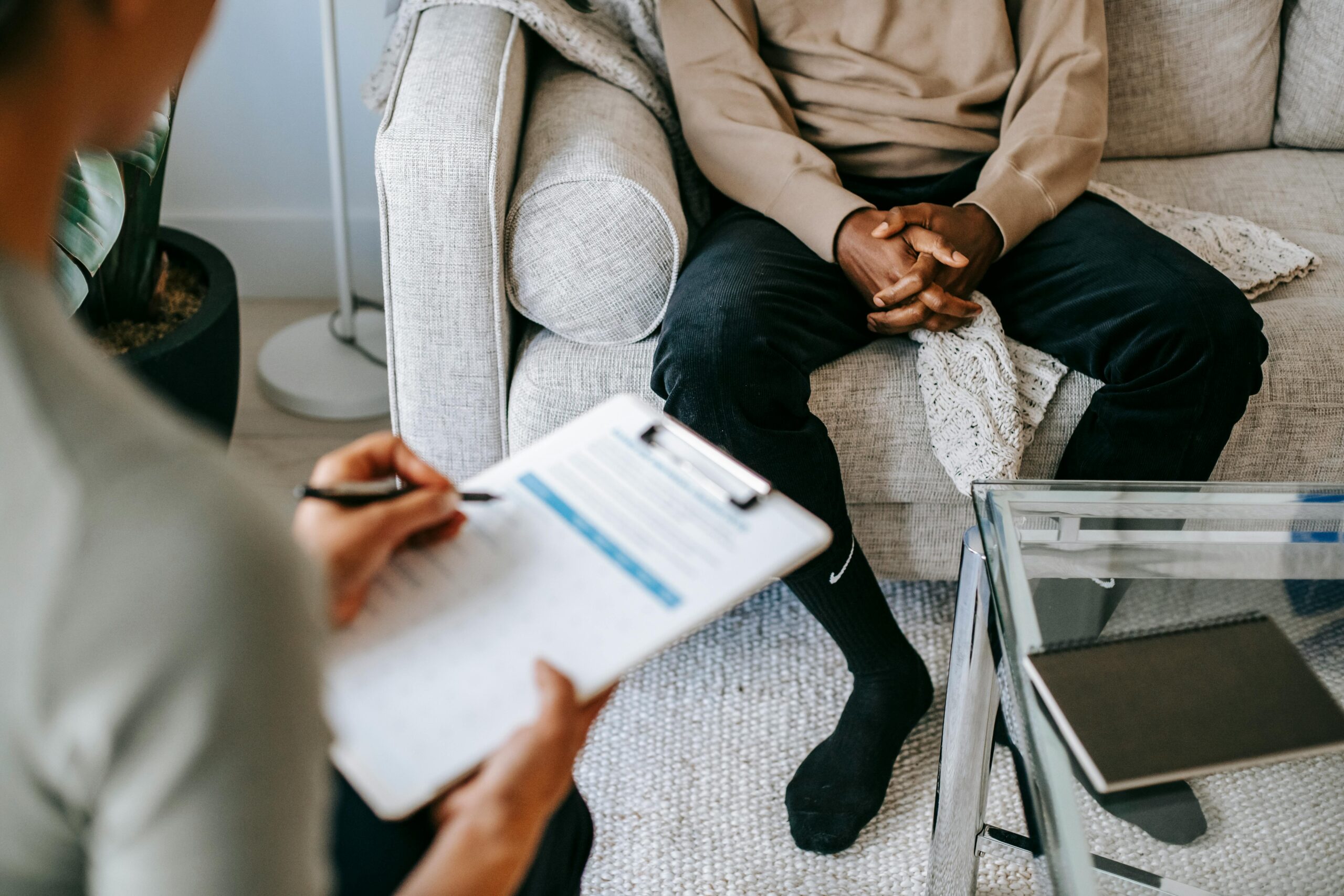Chronic tendon pain can interfere with daily life and limit physical activity. Whether it’s tennis elbow, Achilles tendinopathy, or patellar tendon pain, these conditions can persist for months—even years—despite rest, exercise and other therapies. As a form of regenerative medicine, platelet-rich plasma (PRP) therapy is being explored in Australia as a possible way to stimulate healing and reduce tendon-related discomfort.
This guide explores the role of PRP injections in treating chronic tendon injuries, how the treatment works, and what patients should know before deciding whether it’s the right option for their condition.
What Is Chronic Tendon Pain?
Tendons are tough, fibrous tissues that connect muscles to bones and enable movement. When overloaded or injured, tendons can become painful and inflamed—a condition known as tendinopathy. In chronic cases, the tendon undergoes degeneration, with changes in structure and reduced blood flow, making healing slower and more complex.
Common examples of chronic tendinopathies include:
- Tennis elbow (lateral epicondylitis)
- Golfer’s elbow (medial epicondylitis)
- Achilles tendinopathy
- Patellar tendinopathy (jumper’s knee)
- Rotator cuff tendinopathy
These conditions can occur due to repetitive strain, ageing, poor biomechanics, or previous injury. For many patients, standard treatments such as rest, stretching, or cortisone injections may offer only temporary relief.
How PRP Therapy Works for Tendons
Platelet-rich plasma therapy is designed to target the root cause of tendon degeneration. PRP involves drawing the patient’s blood, processing it in a centrifuge to concentrate the platelets, and injecting the platelet-rich plasma directly into the affected tendon.
Platelets release growth factors and signalling proteins that may:
- Encourage new tissue growth
- Stimulate blood vessel formation (angiogenesis)
- Reduce low-grade inflammation
- Accelerate the body’s natural repair processes
The goal of PRP for tendons is not to simply mask the pain, but to support long-term tissue healing. This makes it different from some traditional treatments that focus primarily on symptom relief.
What Does the Evidence Say?
PRP research studies have explored its use in various chronic tendon conditions. In particular, PRP for tennis elbow and PRP for Achilles tendinopathy have been among the most extensively studied. While results can vary between patients, some studies have shown promising outcomes in terms of pain reduction and improved function.
It’s worth noting that tendon healing is a slow biological process, and PRP therapy is not a quick fix. Instead, it may complement a structured rehabilitation plan including strength training and load management.
PRP vs Traditional Treatments
Traditional treatments for chronic tendon pain may include physiotherapy, bracing, dry needling, shockwave therapy, or cortisone injections. While some of these offer short-term relief, they may not address the underlying tendon damage.
PRP therapy, as a regenerative option, aims to assist the tissue in repairing itself. It is minimally invasive and uses the body’s own blood components, reducing the risk of adverse reactions. For patients seeking a longer-term, non-surgical solution, PRP for tendons may be considered when other treatments have plateaued.
What to Expect from PRP for Tendon Pain
If you are considering PRP injections for a chronic tendon issue, the process generally involves:
- An initial consultation with a PRP doctor to confirm diagnosis
- Imaging (ultrasound or MRI) to assess the tendon condition
- A blood draw and PRP preparation
- Targeted injection under ultrasound guidance
- A recovery period with activity modification and rehabilitation
Post-injection soreness is common and may last a few days. You will likely be advised to avoid anti-inflammatory medications and to follow a gradual return-to-activity protocol. PRP injection recovery time for tendons varies, but many patients begin to notice improvement over a period of 4 to 12 weeks.




